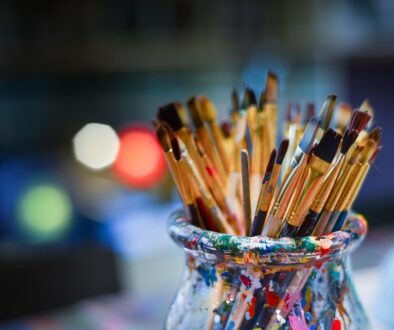Article by: Suzette Morshead
Drawing Inspiring Nature Scenes: Advice to Ignite Your Creativity
Nature has always been a boundless source of inspiration for artists. From the gentle sway of trees to the vibrant hues of a sunset, the natural world offers endless opportunities to fuel creativity. Drawing nature scenes can be an incredibly rewarding experience, not just for the beautiful artwork you create but also for the peace and mindfulness it brings. Here’s some advice to help you ignite your creativity and immerse yourself in the enchanting process of drawing nature.
My Personal Journey with Nature Drawing
I remember the first time I sat by a tranquil lake, sketchbook in hand, eager to capture the serene landscape before me. It was during a quiet autumn afternoon, with leaves turning golden and the water mirroring the sky’s soft blues. Initially, I felt overwhelmed – the scene was too vast, too detailed to draw all at once. But I learned to focus on smaller parts: the delicate curve of a leaf, the ripple on the water’s surface, the bark texture of an ancient tree.
That moment taught me a valuable lesson—nature inspires patience and attention to detail, and sometimes, breaking down the scene into manageable parts can lead to stunning results. It became a daily practice that brought me closer to both my art and the natural world.
Advice to Ignite Your Creativity
-
Start Small and Simple: Don’t try to capture an entire landscape at once. Focus on individual elements like leaves, flowers, rocks, or animal life. This helps build your confidence and sharpens your observational skills.
-
Observe Before You Draw: Spend a few minutes just watching the scene. Notice how the light changes, how shadows fall, and how colors shift with the time of day. This mindfulness enhances your connection to your subject.
-
Use a Variety of Mediums: Sometimes pencil sketches help you capture details, while watercolor or pastels bring out the colors and mood. Experimenting with different mediums can keep your creativity flowing.
-
Take Notes and Photos: When outdoors, it’s not always possible to finish your drawing on the spot. Take quick snapshots and jot down notes on colors, lighting, and how you felt. These references are invaluable when you return to your studio.
- Practice Regularly: Like any skill, drawing improves with consistent practice. Even quick daily sketches can keep your creative muscles active.
Essential Items for Drawing Nature Scenes
To get started and keep your creative process smooth, here are some items you might find useful:
- Sketchbook: A portable, sturdy sketchbook for outdoor use.
- Pencils and Erasers: Various pencil grades (HB, 2B, 4B) for different shading effects, plus a good eraser.
- Colored Pencils or Watercolors: To add vibrant colors and life to your drawings.
- Portable Stool or Blanket: Comfort is key when you’re outdoors for extended periods.
- Field Guide: A book or app to identify plants and animals can deepen your appreciation and provide details for your drawings.
- Camera or Smartphone: For capturing quick references.
- Water Container and Brushes: If you’re using watercolor.
- Weather-Appropriate Clothing: To stay comfortable and focused.
Final Thoughts
Drawing nature scenes is a wonderful journey that blends creativity, observation, and a deep appreciation for the world around us. Whether you’re a beginner or an experienced artist, the natural environment offers endless inspiration and learning opportunities. Remember, the goal is not just to create perfect artwork but to enjoy the process and let nature ignite your creative spirit.
So, grab your sketchbook, step outside, and let the beauty of the natural world inspire your artistic adventure!
Article by: Suzette Morshead


